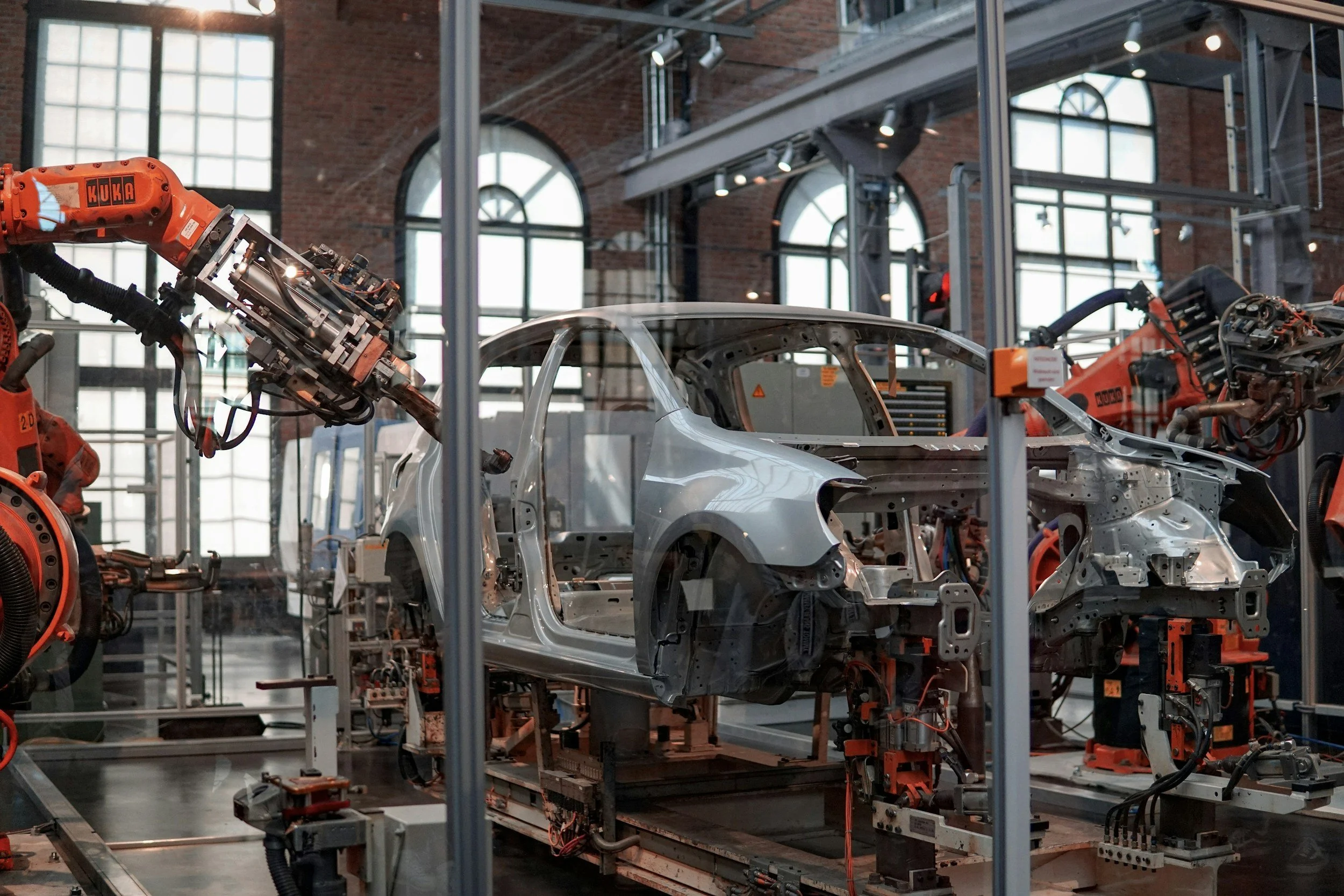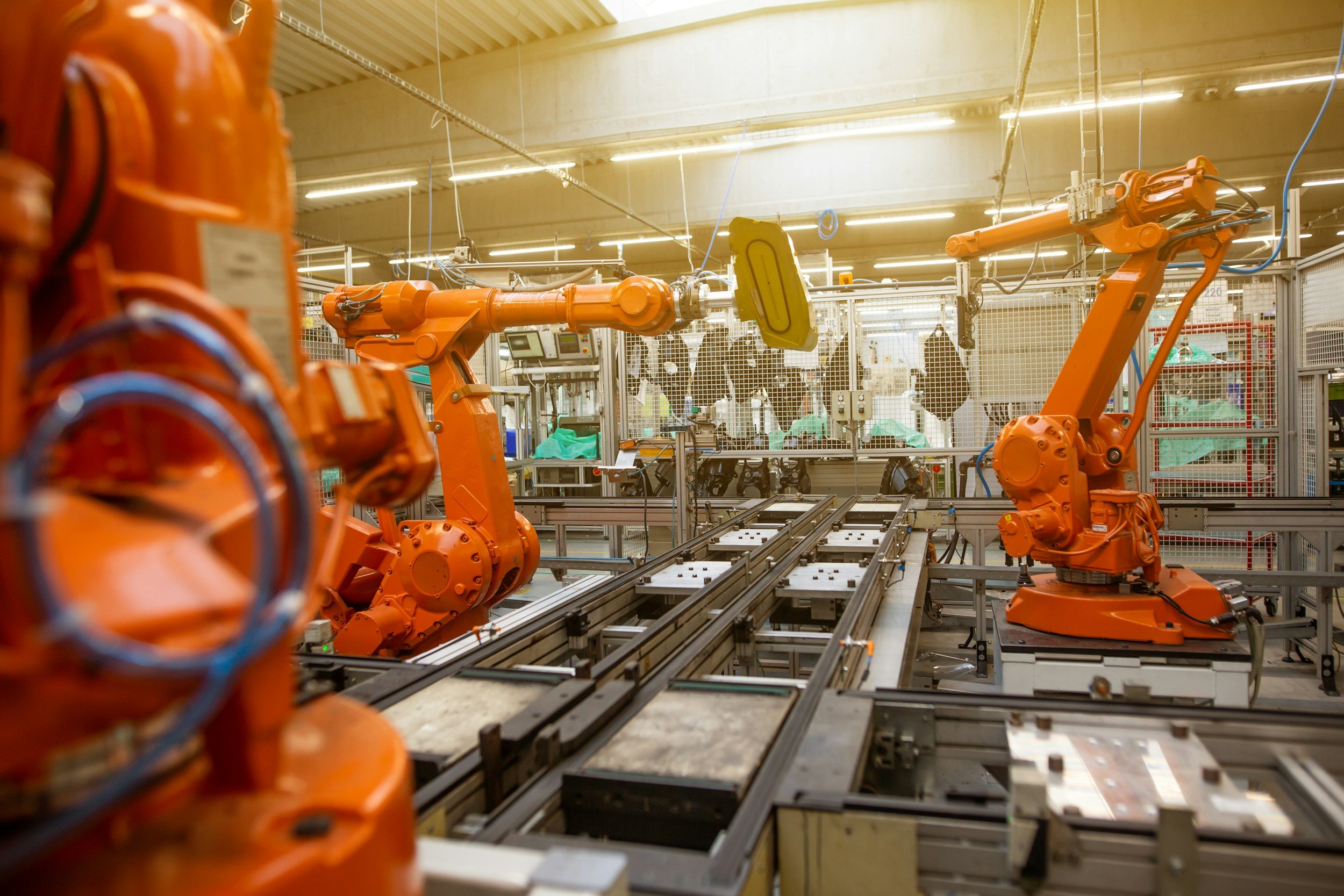
Automotive
With advancements in technology, automotive sealing solutions have evolved to meet changing industry demands, offering enhanced durability, improved sealing capabilities, and reduced environmental impact.
Automotive sealing solutions play a crucial role in ensuring the efficiency, performance, and longevity of vehicles. Designed to prevent leaks, reduce noise, and provide weather resistance, these solutions are essential for various automotive applications. Whether it's gaskets, o-rings, seals, or adhesives, automotive sealing solutions are meticulously engineered to withstand extreme temperatures, pressure differentials, and chemical exposure. They not only prevent fluid leakage from critical components such as engines, transmissions, and braking systems but also aid in maintaining optimal fuel efficiency. With advancements in technology, automotive sealing solutions have evolved to meet changing industry demands, offering enhanced durability, improved sealing capabilities, and reduced environmental impact. From passenger cars to heavy-duty trucks, these solutions ensure reliability and safety on the road, making them an indispensable part of the automotive industry.

Materials used within the Automotive industry.
The materials that are used for seals in the automotive industry can vary depending on what the application is. However because of very strict industry requirements these materials must all be met by all of these materials. The materials that are most common in this industry are; Viton® (FKM), FFKM, HNBR, AEM and PTFE.
Viton® (FKM) - Viton® is the most versatile of all the materials listed. It can be used in many different applications, this is because of its high resistance to foreign fluids, oils, fuels and heat. It is for these reasons that Viton O-Rings are the main choice for high demanding applications in the industry, such as, fuel systems and powertrains.
FFKM - FFKM (Perfluoroelastomers) compounds are made to be able to withstand the the harsh sealing applications that they will be exposed to, such as, high heat environments and aggressive chemicals. This material will provide a brilliant resistance from chemicals and fluids that are commonly found in the automotive industry, such as, lubricants, additives and fuels. FFKM compounds will usually be used when other materials are not able to meet the high specifications for an application.
HNBR - HNBR (Hydrogenated Nitrile) is used the most by the automotive industry compared to any other industries. This is because of its high resistance to the most common types of automotive fluids found in the industry, including engine oil, fuel and coolant. Its ability to withstand high temperatures and its other unique properties make it the best material for high performance-demanding applications. HNBR can be used for both static and dynamic seals, belts and hoses.
AEM - AEM (Vamac) provides a cost effective solution to a range of applications such as, power steering, ignition cable, spark plug boots, engine and transmission oil cooler hoses or primary wiring. It also has great resistance to heat as well as resistance to sunlight and ozone aging. With a modest resistance to swelling when in oils and quite low permeability to gases.
PTFE - PTFE O-Rings are very rigid and can be hard to apply, this is why they are best equipped to be used on static applications, such as, steering devices and paint guns. However, O-Rings made from silicone or Viton can be encapsulated with a PTFE case. These O-Rings will have incredible abrasion and corrosion resistance, low absorption, chemical inertness and non-permeability.

